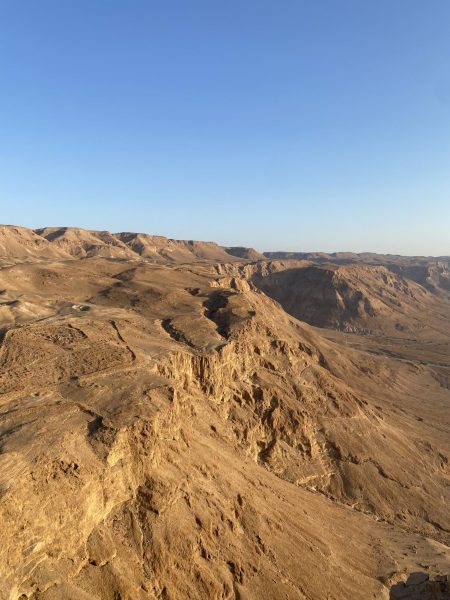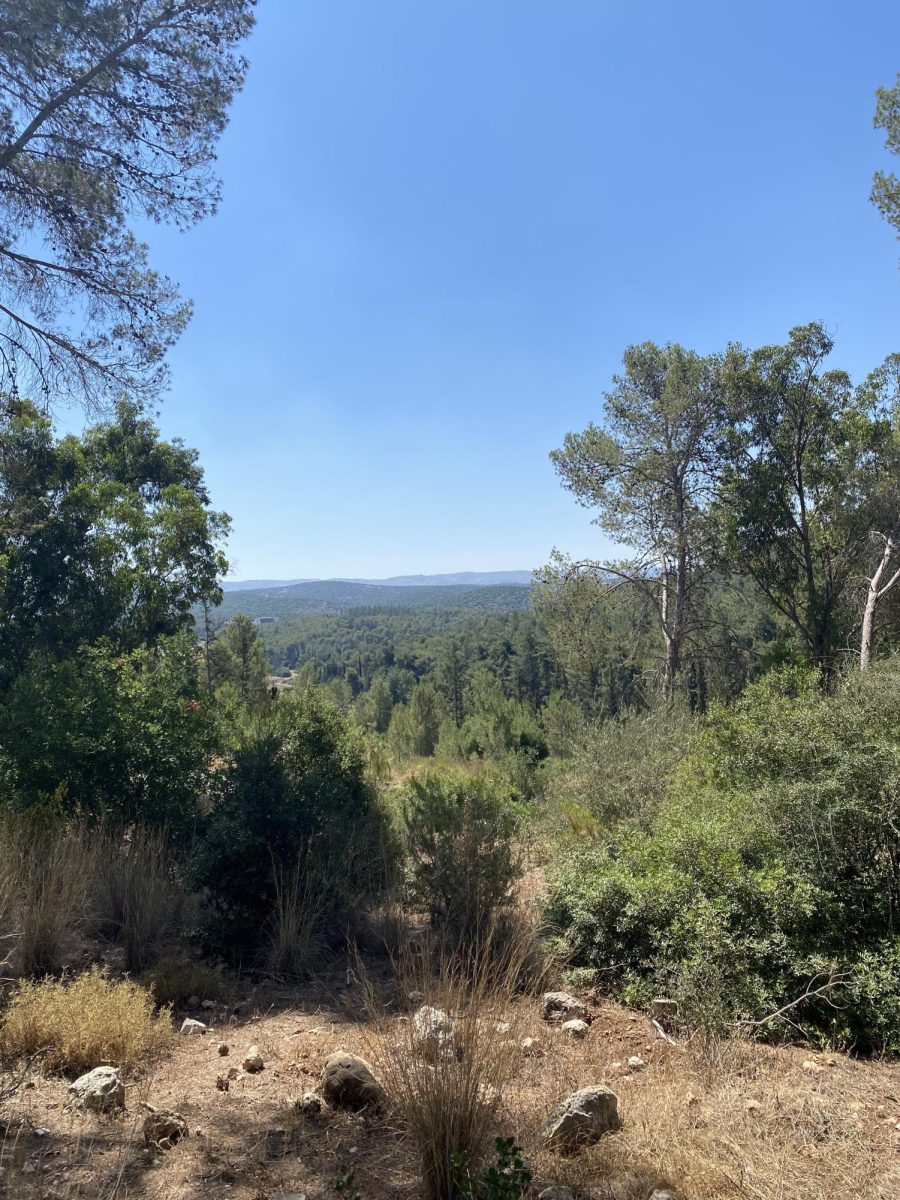
Six thousand, six hundred twenty six miles away in Israel, Calla Coonin (12) spent six weeks learning about the history of the Jewish people and traveling to historical sites while bonding with her faith.
Coonin, along with several other Jewish students, had the opportunity to go to Israel through the Alexander Muss High School in Israel’s six-week study abroad program in a city called Be’er Sheva. Through the program, Coonin was awarded college credit from the University of Miami for a course in Jewish history and civilization. Coonin embarked on her journey on June 19th and did not return to the States until July 31st.
“[I went] to find out more about my Jewish identity, but also to learn more about Israel because I feel like I do have a connection to Israel,” Coonin said.
While in Israel, Coonin stayed in an Alexander Muss dorm with two roommates. Coonin and her peers spent about two days each week in the classroom, with classes running after breakfast at the campus from 9 a.m. to 1 p.m.
“The rest [of the week] you go on field trips with your teacher,” Coonin said. “The group is split into two classes, and then once you get somewhere you’ll split off with your teacher and then they explain the historical context behind where you are.”
Coonin’s counselors took her and her group on many one-day trips, and sometimes the group would even spend the night in foreign cities. As students learned about the progression of the Jewish religion in Israel, they would visit new spots. Coonin recalls visiting the Tel Azeka caves, the Masada, and the Dead Sea – her favorite among those being Masada where the historical Masada Revolt took place.
“We woke up at 3 a.m. that morning and we hiked,” Coonin said. “It was a very hard hike, and then we watched the sunrise and we had morning services up there, and I thought it was a good moment.”
Upon arriving in Israel, Coonin had no idea who she would be spending the next few weeks with. However, nearing the beginning of her trip, Coonin seized an opportunity to build connections with her summer classmates.
“One night, we went stargazing in the desert, and there were mattresses out and we all laid together and watched the stars and had a campfire and telescopes,” Coonin said. “[This event] was kind of during the beginning of the trip and so I felt like I really bonded with everyone because we weren’t as close yet.”
On Fridays and Saturdays, Coonin stayed back in Be’er Sheva for Shabbat. For the Jewish religion, Shabbat is observed on Fridays and Saturdays as days of rest and celebration. Each Shabbat, Coonin had a break from classes and stayed back to relax in her dorm during the day and went out with her peers at night.
“We would have open weekends where you could either stay on campus or leave and meet up with family if you wanted, and so … I never left because I don’t have family in Israel but I would just stay, and everyone dresses up for Shabbat, and we would take pictures and we’d eat dinner,” Coonin said.
The lifestyle in Israel differed from the lifestyle in America — Coonin was introduced to new foods, languages and even streetlights in Israel.
“[Coonin] told me it was definitely a lot different there, just the way people were driving on the roads was different from here in America,” Anika Bhatt (12) said. “She told me the traffic light would go red, green, yellow, red, it would also go yellow before turning green again, so it’s just a cultural difference like that… and then obviously people speak a different language there.”
Coonin left the program with a newfound aspiration to travel and learn about the different cultures of the world.
“I think it was pretty important for [Coonin] to go back to that country and see where all that culture comes from because I know her brother went to Israel this past summer, and I thought it was pretty interesting that both the kids took it upon themselves, “Bhatt said. “They were both interested in going back to see Israel and I could tell it wasn’t her parents forcing her to go, she genuinely seemed interested in wanting to go and wanting to see the culture.”




































